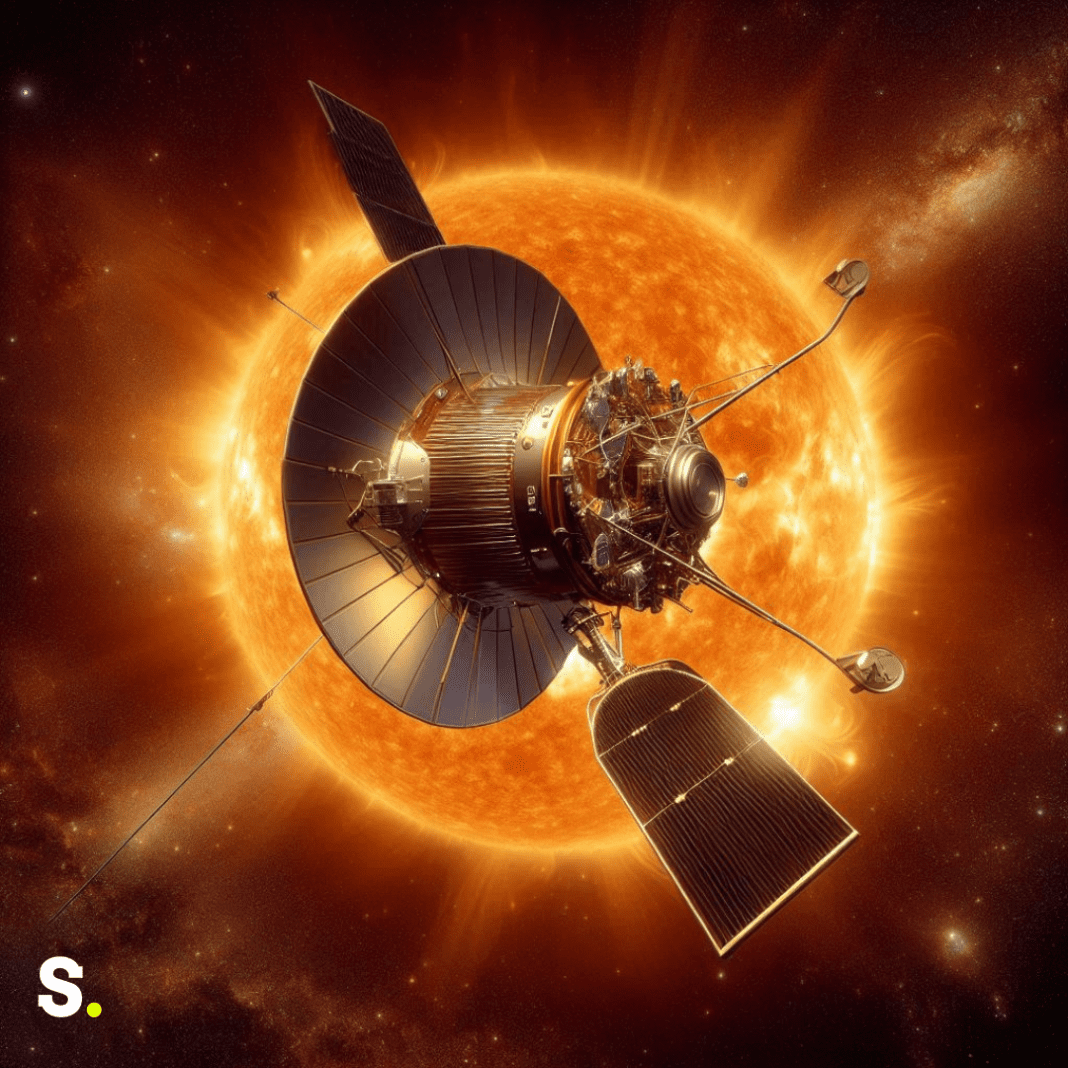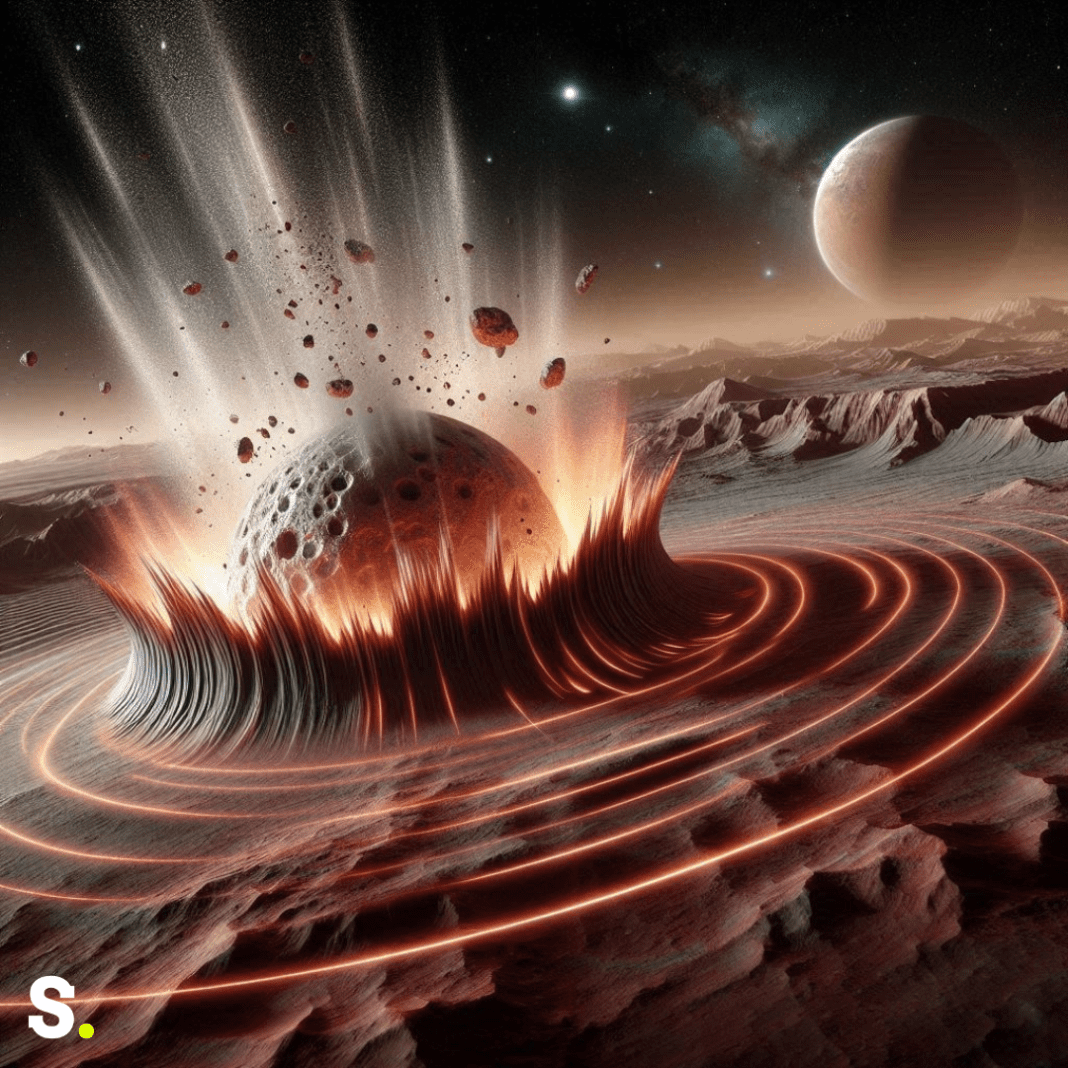A Groundbreaking Collaboration between NASA and Missy Elliott
In an extraordinary blend of music, technology, and space exploration, NASA has achieved a historic milestone by transmitting Missy Elliott’s iconic song “The Rain (Supa Dupa Fly)” to Venus. This historic occasion—which happened on Friday, July 12th at 10:05 a.m. PDT—was the first hip-hop song to be sent into space. This ground-breaking transmission was made possible by NASA’s Deep Space Network (DSN), a global network of enormous radio antennas. The DSN’s mission was not just a technical feat but a celebration of creativity and innovation.
Missy Elliott’s music has always been known for its futuristic themes and boundary-pushing visuals, making her an ideal artist for this cosmic event. Her collaboration with NASA underscores the fusion of art and science, demonstrating how different fields can come together to create something truly out of this world.
The Journey to Venus
The DSN transmitted the inspirational message and lyrics of “The Rain (Supa Dupa Fly)” from Deep Space Station 13 (DSS-13), also known as “Venus,” located in California. This station, with its impressive 112-foot-wide antenna, sent the song approximately 158 million miles to Venus. The communication took around 14 minutes to reach the planet, traveling at the speed of light. This remarkable journey highlights the incredible capabilities of NASA’s communication technology.
Missy Elliott expressed her excitement about this cosmic event, noting how fitting it was for her art to be shared with the universe. Venus was chosen as the destination because it symbolizes strength, beauty, and empowerment, qualities that resonate with Elliott’s music and message. Elliott has always been a pioneer in her field, and this event further cements her legacy as an artist who transcends traditional boundaries.
Imagine the vast distance the song traveled: 158 million miles, covering the expanse between Earth and Venus. It’s a testament to the power of technology that we can send music, a deeply human expression, across the cosmos. This journey from our planet to another highlights the interconnectedness of art, science, and the universe.
Deep Space Network: Connecting Earth and Space
The Deep Space Network (DSN) has been operational since 1963 and plays a crucial role in NASA’s Space Communications and Navigation (SCaN) program. Facilitating communication with spacecraft voyaging to the outer regions of our solar system is the main purpose of the DSN. With its powerful antennas, the DSN can send and receive signals across vast distances, making it an essential tool for space missions.
The DSN has only shot music into space twice before, with this rendition of Missy Elliott’s song. The first instance was when The Beatles’ “Across the Universe” was transmitted, showcasing the DSN’s ability to connect Earth with the cosmos in unique and meaningful ways.
NASA’s collaboration with Missy Elliott is not just a celebration of her artistic achievements but also a testament to the DSN’s versatility and power. By sending “The Rain (Supa Dupa Fly)” to Venus, NASA has demonstrated the DSN’s ability to handle complex and innovative tasks, pushing the boundaries of what is possible in space communication.
The DSN comprises three deep-space communications facilities placed approximately 120 degrees apart around the world: in Goldstone, California; near Madrid, Spain; and near Canberra, Australia. This placement allows for continuous communication with spacecraft as Earth rotates. These facilities are equipped with massive antennas that can communicate with spacecraft millions of miles away, ensuring that we remain connected with our robotic explorers.
Venus: A Symbol of Strength and Beauty
The choice of Venus as the recipient of this transmission was deliberate and symbolic. Venus, the second planet from the sun, is often associated with beauty and strength. In mythology, Venus is the goddess of love and beauty, making it a fitting symbol for the message of empowerment in Missy Elliott’s song.
This celestial event also aligns with NASA’s upcoming missions to Venus. The DAVINCI mission, set to launch in 2029, and the VERITAS mission, scheduled for 2031, will both rely on the DSN to transmit critical data back to Earth. These missions aim to explore Venus in unprecedented detail, enhancing our understanding of this enigmatic planet.
By choosing Venus as the destination for “The Rain (Supa Dupa Fly),” NASA has created a powerful connection between art and science. This transmission underscores the importance of creativity and imagination in space exploration, inspiring future generations to dream big and reach for the stars.
Venus is a fascinating planet with its thick, toxic atmosphere and surface temperatures hot enough to melt lead. Despite its harsh conditions, it remains a symbol of mystery and allure. NASA’s upcoming missions, DAVINCI and VERITAS, aim to unravel the planet’s secrets, studying its atmosphere and geological history. These missions will provide valuable insights into why Venus, so similar to Earth in size and composition, evolved so differently.
NASA’s transmission of Missy Elliott’s “The Rain (Supa Dupa Fly)” to Venus is a historic event that highlights the intersection of music, technology, and space exploration. The Deep Space Network’s ability to send messages across vast distances demonstrates its critical role in connecting Earth with the universe. This collaboration between NASA and Missy Elliott celebrates the power of art and innovation, symbolized by the beauty and strength of Venus.




